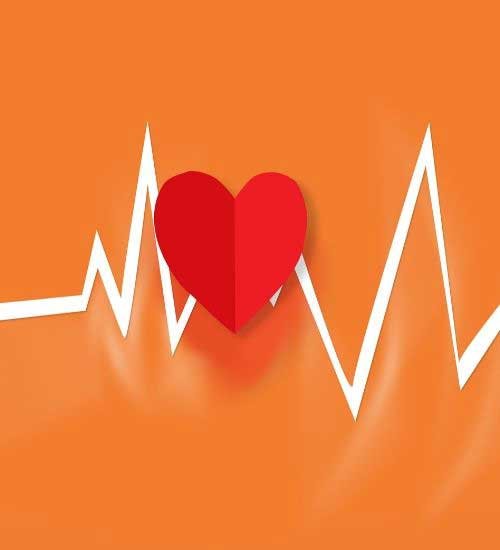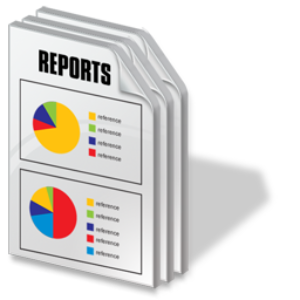
How to Stop a Stroke: A stroke can bring a destructive result with long-time severe consequences.
Improvements in stroke healing have made a long time effect on recovering stroke patients.
But, generally, we get a short time for effective treatment.
One significant approach to stroke care takes in prevention, mainly for persons who are in danger.
Each stroke is not preventable, but there are a few recognized preventable risk issues that we can change with daily life habits.
It is useful to recognize a number of the convenient causes of stroke and to see how to check them.
Read More: How to Prevent Heart Attack and Stroke at Home: Study Report
Here are seven best practices to stop stroke below-

How to Stop a Stroke?
1. Getting Down High Blood Pressure to Stop a Stroke
Hypertension increases the possibility of stroke, and it also leads to an increase in heart syndrome and cerebrovascular illness- two familiar stroke risk components.
The 1st step is effective supervision of high blood pressure, where needs medical checkup by regular blood pressure viewing.
Dealing with high blood pressure can include weight managing, a diet low in salt, tension control, or a regular workout.
Occasionally treatment to lower blood pressure is needed.
Your doctor can suggest better approaches for you while it comes to sustain regular blood pressure.
Read More: Heart Attack Symptoms: These 9 Signs will Warn You before 1 Month
2. Control Heart Illness to Stop a Stroke
Heart disease can be present during birth. It may happen later in life because of genetic.
Heart disease can grow a consequence of high blood pressure, fatness, high cholesterol, or diabetes.
Heart disease can incorporate coronary artery disease, heart muscle disorders, heart valve disorders, an enlarged heart, or an unpredictable heartbeat.
There are numerous useful methods to make a diagnosis and care for heart disease, relying on the reason.
As with high blood pressure, the best thing is to have regular medical check-ups with your doctor to identify problems before advancement.
3. Lower High Cholesterol
High cholesterol brings to cerebrovascular and heart disease.
It is normally the effect of food high in unhealthy types of fat.
Turning down cholesterol needs food with reasonable fat eating, fair exercise, and occasionally medicine.
4. Control Diabetes to Stop a Stroke
Diabetes can add to cerebrovascular and cardiovascular disease.
Diabetes is responsible for the blood sugar metabolic process.
Diabetes may happen by birth or after birth.
A person with type 1 diabetes needs to control blood sugar levels, normally with insulin treatment.
A person with type 2 diabetes needs managing food eating, weight management, and occasionally medicine to keep up suitable stages of blood sugar.
Read More: Heart Attack Stopping Foods: Top 10 Foods to Avoid a Heart Attack
5. Stop smoking to stop a Stroke
Smoking causes hypertension, heart disease, and cerebrovascular sickness.
Smoking can be a tough habit to give up.
Dissimilar approaches, as well as support groups, manners control, advising, nicotine patch, and stop smoking plans, can help to stop smoking.
The study proves that numerous damaging effects of smoking can be upturned ultimately while smoking is stopped.
Stop smoking may be more successful when conducted by an expert health care expert.
6. Manage Obesity to Stop a Stroke
Fatness is also a threatening cause for stroke. It can add to high cholesterol and hypertension.
Fatness is often controlled by food and workout.
Occasionally, a surgical operation or weight loss supplements for weight loss can assist, while it is not easy to lose weight with food and work out only.
Genetically fatness is a factor for a few persons and becomes more susceptible to being obese than others; making weight loss is more challenging for them.
Read More: A Simple Weight Loss Diet Plan Can Cure-all Chronic Diseases: Read How
7. Manage Stress to Stop a Stroke
Stress can add to stroke possibility by contributing to heart disease, hypertension, cerebrovascular disease, and diabetes.
Anxiety and stress regularly involve a complete approach to emotional reactions and behavior.
The strain is not impartially measurable and needs long time steps for positive control.
Because regular causes of a stroke may bring more complex, for example, blood coagulation and autoimmune disorder, these medical problems require long-term close medical management by a physician.








